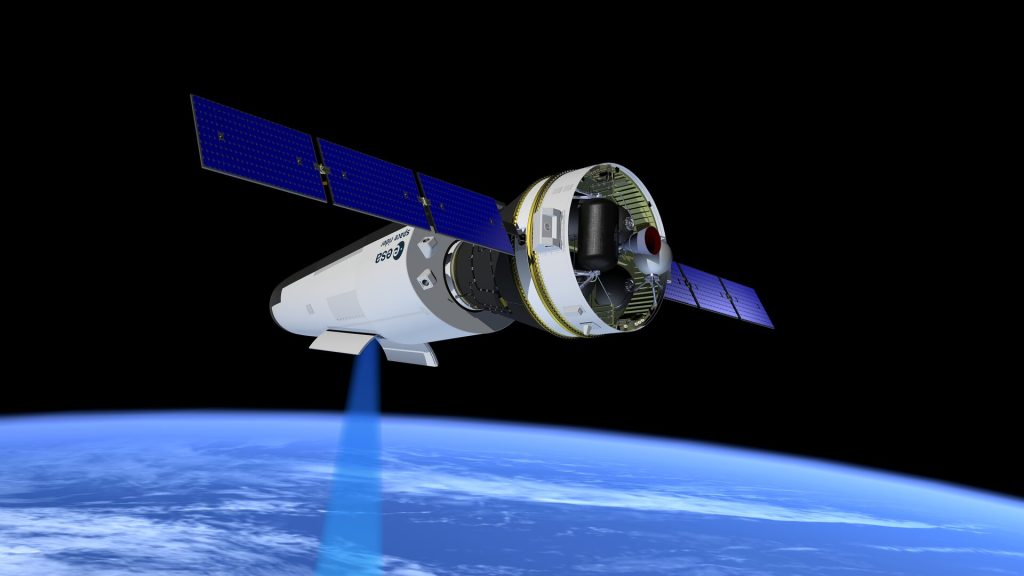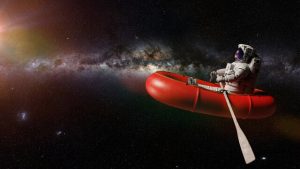ESA’s Robotic Space Lab, Space Rider, Enters Testing & Development Phase
3rd Aug 2023
The European Space Agency’s (ESA) reusable spacecraft is entering its next stage of development, phase D: building and testing. Dante Galli, Space Rider programme manager, said in a press release: “moving to Phase D in development is a milestone for all spaceflight projects, and the Space Rider team is looking forward to putting our theory into practice on this unique project.”
ESA will start by building a demonstration spacecraft. Then, they will perform rigorous tests to see how it handles the launch, flight and reentry process. Using data from the testing phase, ESA said this would determine whether Space Rider will receive authorisation for manufacture.
What Is Space Rider?

Space Rider is an uncrewed, robotic laboratory that is approximately the size of two minivans. According to ESA, it can remain in orbit for up to two months, and the cargo bay will enable technology demonstrations and house the space vehicle’s orbital experiments. Ultimately, ESA said this will aid research into pharmaceutics, biomedicine, biology and physical science.
Section 1: The Orbital Module
The laboratory is split into two sections. The first section is the orbital module which supplies everything the device needs to reach and remain in orbit. This section is an extension of the Vega-C launcher fourth stage, ESA said, and it will safeguard the power supply and maintain orbital manoeuvring and altitude control.
Section 2: The Reentry Module
The reentry module will house and preserve the spacecraft’s experiments. It will protect those experiments from reentry’s extreme heat when passing through the atmosphere during the landing sequence.
Ensuring A Smooth Landing For Space Rider
ESA said the reentry process will see the module initially slow itself down from orbital speeds of 28,800 km/h when reentering the atmosphere. Once the spacecraft is approximately 5 km away from the landing strip at Europe Spaceport, it will autonomously deploy its unique brake: a 70 m2 parafoil. The reentry module will then steer itself to a soft landing.
Initial tests on the parafoil starting this month will highlight where engineers need to make tweaks to the spacecraft’s algorithms. ESA said Space Rider will use “winches to pull and release the canopy – just like a human parapente pilot does” – similar to Stratoflight’s in development braking technique. ESA said engineers will complete a full-scale test later this year.
Braving Extreme Weather
Space Rider contains a wheel at the front and two skids at the back, providing stability in crosswinds when landing. Coupled with the landing system, software and parafoil, ESA is expecting a gentle touchdown when the return module completes an extreme conditions drop test next year.




![[UPDATED] Blue Origin’s New Shepard NS-24 Is Successfully Launched! [UPDATED] Blue Origin’s New Shepard NS-24 Is Successfully Launched!](https://orbitaltoday.com/wp-content/uploads/2023/12/Blue-Origin-launches-Shepard-rocket-next-week-–the-first-mission-in-over-a-year-300x200.jpg)


Thank you for your comment! It will be visible on the site after moderation.